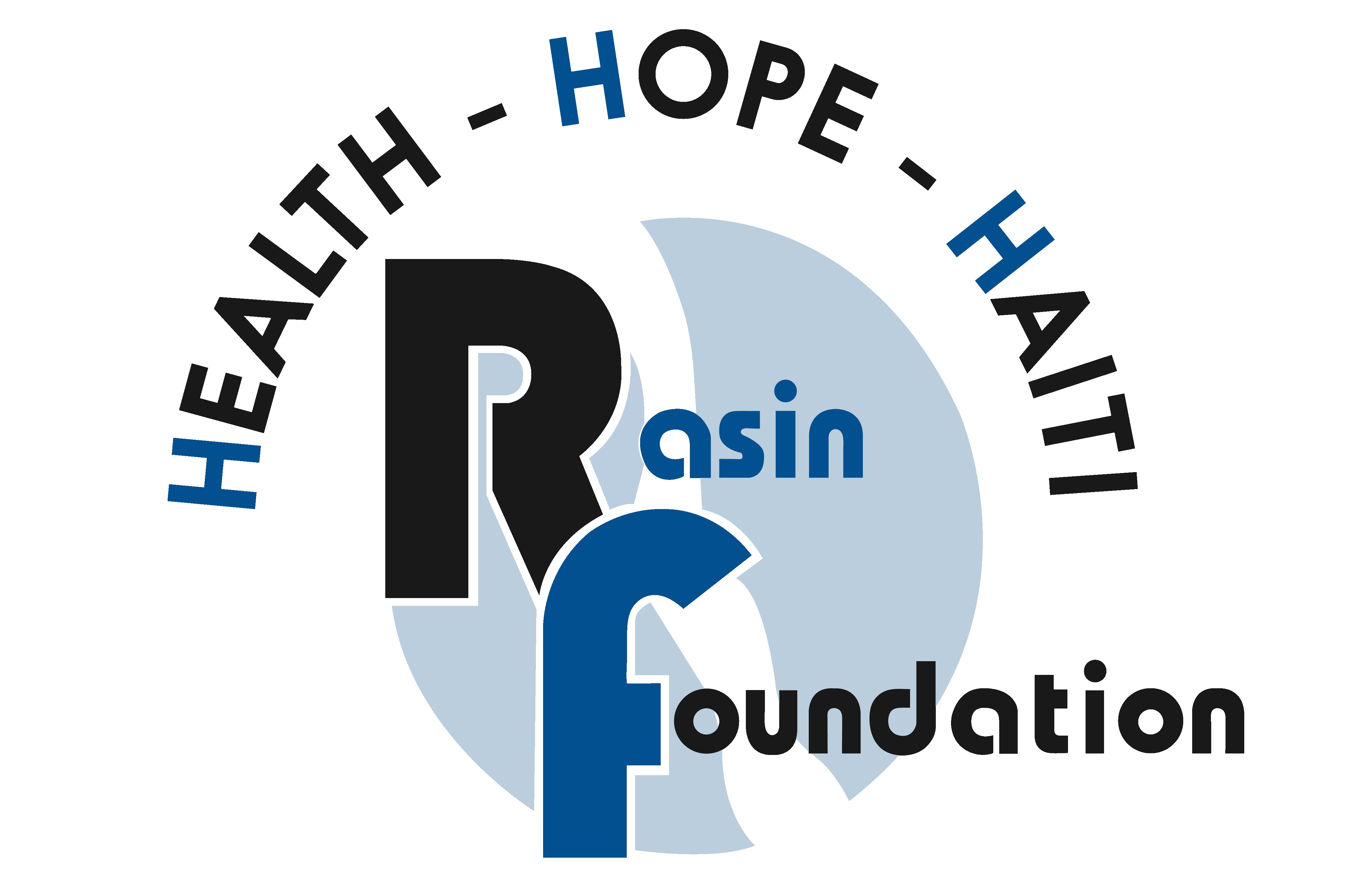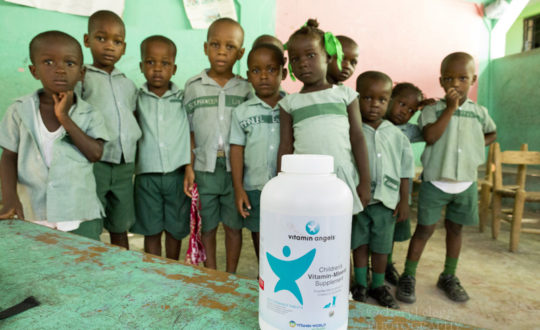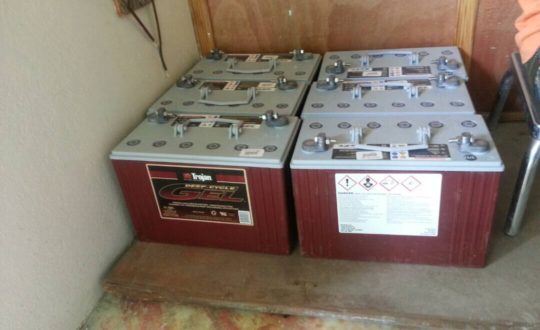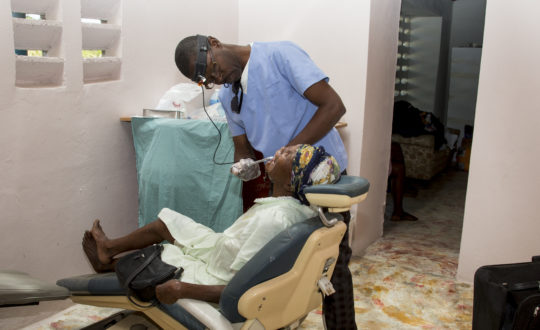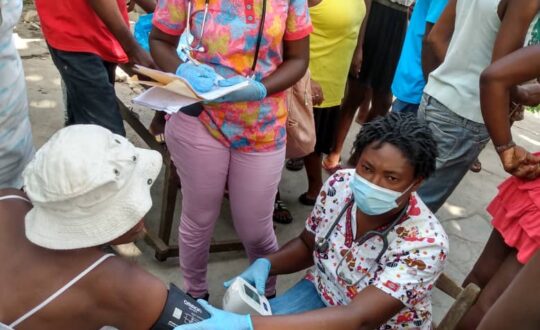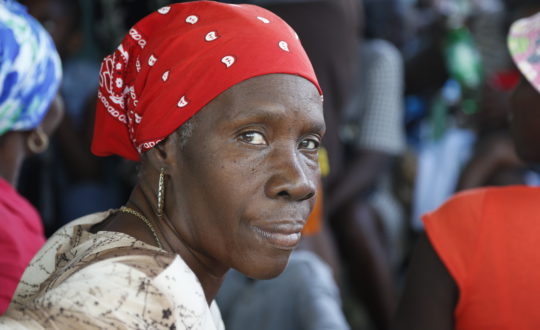
The premise:
• Haiti imports more than 60% of foods that are consumed locally
• Haiti is an agricultural country and desperately needs investment in agriculture to create jobs particularly in the rural community.
• Haiti is viewed as risky for investment and agricultural projects are considered even more riskier
• The Haitian Diaspora sends $2 billion (U.S.) annually to Haiti to support their families. The bulk of this remittance returns to the country of origin since it is used to buy imported food.
• Agricultural projects that bring sustainability rarely get funded by donors unless there are church-based projects.
• Non-governmental organizations projects tend to be short-lived depending on available funds.
• The Haitian government has called for investment in agricultural projects to help Haiti achieve food security.
• “In charity, a dollar only has one life. You use it and it’s done,” “As a social business, a dollar has an endless life, because it is recycled.” (Mohammad Yunus, Nobel Laureate)

The Response:
A group of friends based in Massachusetts, Canada and Haiti have gotten together and formed Kiskeya Aqua Ferme as a social enterprise using their private capital. The project is an act of faith in a more prosperous Haiti for the social investors who have cashed out retirements funds, stocks and bonds etc. to make the project a reality. Even though Haiti is viewed as risky for investments, the social investors put more weight on the social impact of their investment in Haiti than the actual cash return.
The mission of Kiskeya Aqua Ferme is to produce high quality food for the local market, to help strengthen Haiti food security while supporting rural job creation and economic development. Kiskeya Aqua Ferme is a $350,000 project, however, 2/3 into the project, the earthquake caused significant damage. The farm is now working towards its recovery by focusing on raising tilapia, hot peppers, cassava and sweet potatoes etc. The Kiskeya Aqua Ferme is seen as a potential model linking Diaspora investments to rural economic development. Once profitable, the investors in Kiskeya Ferme will receive a return on their investments of which a portion or all (depending on directives of the social investors) will go towards support youth programs, women’s empowerment and the delivery of medical care in Petite-Riviere.
Kiskeya Guest House
Kiskeya Aqua Ferme was selected by the Haiti Diaspora Investment Fund as a pilot project to build Kiskeya Guest House. The case was made for a rural guest house in Petite-Riviere that would promote the Haitian culture and facilitate cross-cultural exchanges while offering visitors with opportunities to contribute to a more sustainable Haiti. The project was awarded a $10,000 start-up grant of which an additional $50,000 was raised among the social investors to build it. The guest house has 6 beds, 2 baths and will be inaugurated in May 2012. The guest house has created over 20 short term construction positions and has a mandate at least to create 4 permanent jobs. Once profitable, the guest house will help support the medical clinic.
What is the connection between the farm, the guest house and the Rasin Foundation?
The Kiskeya Aqua Ferme and the guest house are projects of a group of social investors who are interested in establishing an effective developmental model that encourages individuals living in the Diaspora to take risks and investment in their community to create jobs, reduce rural migration and develop local economies. This is done using a market-based approach in response to the Haitian government call for such initiatives.
The Rasin Foundation on the other hand, is a not-for-profit organization that supports the delivery of much needed medical care in the community. It is the wish of the social investors that when the guest house and the farm become profitable that the medical clinic and other community projects of the Rasin Foundation receive funding from both entities. The land for the medical clinic was allocated from the farm.
Does the Rasin Foundation provide financial support to the farm and the guest house?
The farm and the guest house are not financially supported by the Rasin Foundation. On the contrary, the farm has allocated its employees and resources support to the medical mission especially on the aftermath of the earthquake.
Who pays the employees seen at the farm?
Since 2007, they have been supported entirely by the social investors who send payroll and provide lodging, schooling and clothing even though the project has encountered major setbacks and is not yet profitable.
For the time being, the farm has shared some its employees with the Rasin Foundation due to the trust established among the employees. Also, the Rasin Foundation initially lacked funds to adequately compensate the clinic staff. As an example, Valder among the many managed several medical missions as a volunteer and later managed the entire clinic construction with a stipend. As the financial outlook of the Rasin Foundation improves, and the clinic’s staff receives adequate compensation, they will be some unbundling of the employees.
I like the investor’s approach to economic justice and sustainability. Can I be involved?
“Social investors are individuals or institutions (high net-worth, foundations, endowments, and retirement plans) which choose to apply non-financial characteristics to their investment decision-making. These non-financial characteristics are often related to the investors’ value system or social mission, and may include concern for environmental protection, strong organizational governance, and a desire for a more economically just world. This group believes its investments should provide both social and financial returns, although the expectations for those dual returns may vary widely from one social investor to another”.
If you share the philosophy as described above and would like to become a social investor in both projects. You can contact kiskeyaferme@yahoo.com
. Our annual next annual meeting is scheduled for June 2012.